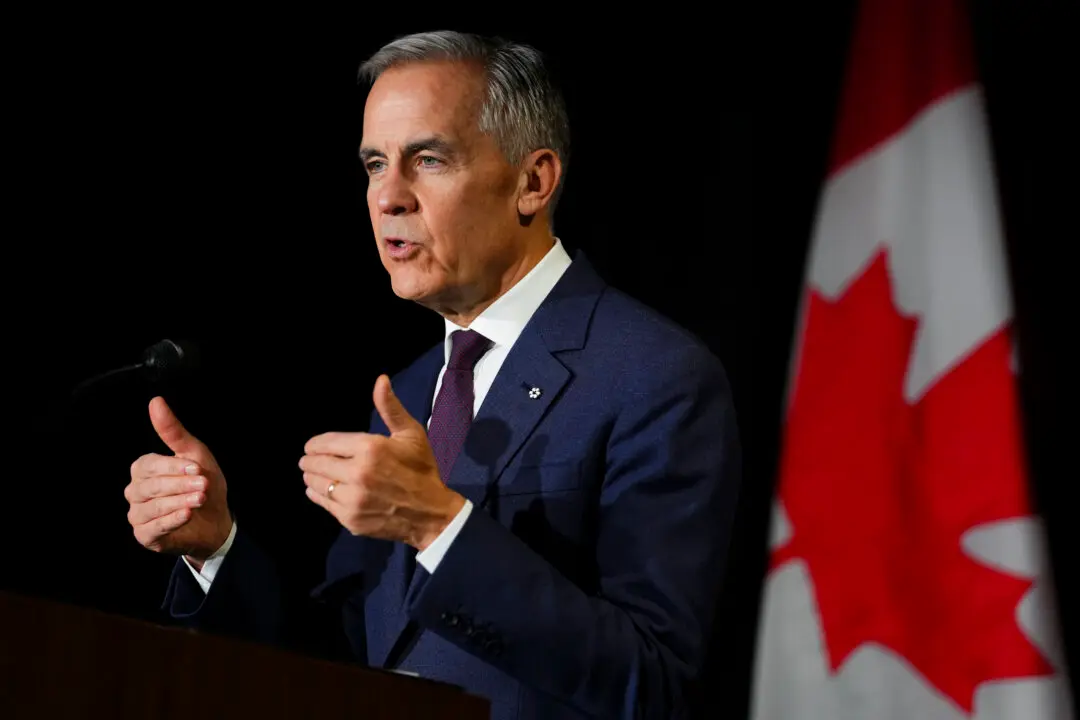Canadians will be able to stretch mortgages out for 30 years starting next month, a move the federal government says will reduce monthly costs and get more first-time buyers into the market.
In April, Finance Minister Chrystia Freeland announced that Ottawa would permit 30-year amortization periods on insured mortgages for first-time homebuyers purchasing new homes. This policy is set to take effect on Aug. 1.





